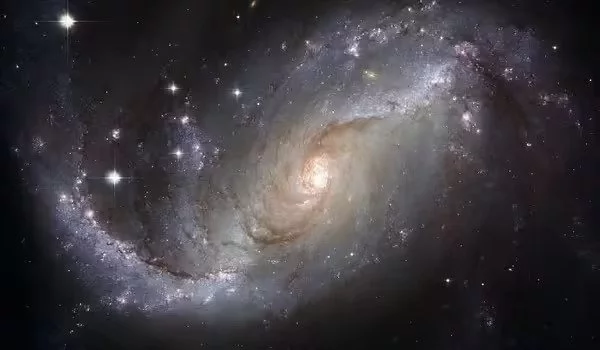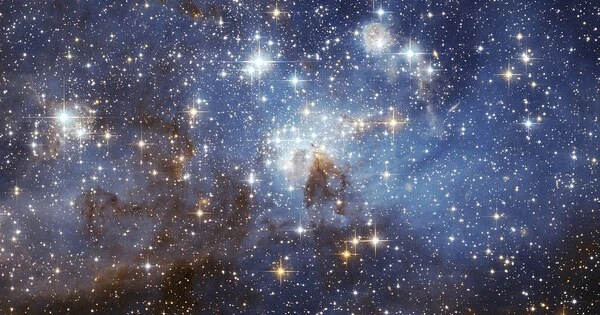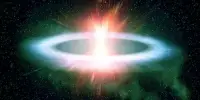Planetary migration occurs when a planet or other body in orbit around a star interacts with a disk of gas or planetesimals, causing its orbital parameters, particularly its semi-major axis, to change. The most likely explanation for hot Jupiters is planetary migration. According to the widely accepted theory of planet formation from a protoplanetary disk, such planets cannot form so close to their stars because there is insufficient mass at such small radii and the temperature is too high for the formation of rocky or icy planetesimals.
A new model that accounts for the interaction of forces acting on newborn planets can explain two perplexing observations that have repeatedly arisen among the more than 3,800 planetary systems cataloged to date.
The “radius valley” mystery refers to the scarcity of exoplanets with a radius of about 1.8 times that of Earth. The Kepler spacecraft of NASA observed planets of this size about 2-3 times less frequently than super-Earths with radii about 1.4 times that of Earth and mini-Neptunes with radii about 2.5 times that of Earth. The second mystery, dubbed “peas in a pod,” refers to nearby planets of similar size discovered in hundreds of planetary systems. TRAPPIST-1 and Kepler-223, for example, have planetary orbits that are nearly musical in harmony.
The migration of young planets towards their host stars creates overcrowding and frequently results in cataclysmic collisions that strip planets of their hydrogen-rich atmospheres. That means giant impacts, like the one that formed our moon, are probably a generic outcome of planet formation.
André Izidoro
“I believe we are the first to explain the radius valley using a model of planet formation and dynamical evolution that self-consistently accounts for multiple constraints of observations,” said Rice University’s André Izidoro, corresponding author of a study published this week in The Astrophysical Journal Letters. “We’re also able to show that a planet-formation model incorporating giant impacts is consistent with the peas-in-a-pod feature of exoplanets.”
Izidoro, a Welch Postdoctoral Fellow at Rice’s NASA-funded CLEVER Planets project, and co-authors used a supercomputer to simulate the first 50 million years of the development of planetary systems using a planetary migration model. In the model, protoplanetary disks of gas and dust that give rise to young planets also interact with them, pulling them closer to their parent stars and locking them in resonant orbital chains. The chains are broken within a few million years, when the disappearance of the protoplanetary disk causes orbital instabilities that lead two or more planets to slam into one another.

Planetary migration models have been used to study planetary systems that have retained their resonant orbital chains. For example, Izidoro and CLEVER Planets colleagues used a migration model in 2021 to calculate the maximum amount of disruption TRAPPIST-1’s seven-planet system could have withstood during bombardment and still retained its harmonious orbital structure.
In the new study, Izidoro partnered with CLEVER Planets’ investigators Rajdeep Dasgupta and Andrea Isella, both of Rice, Hilke Schlichting of the University of California, Los Angeles, and Christian Zimmermann and Bertram Bitsch of the Max Planck Institute for Astronomy in Heidelberg, Germany.
“The migration of young planets towards their host stars creates overcrowding and frequently results in cataclysmic collisions that strip planets of their hydrogen-rich atmospheres,” Izidoro said. “That means giant impacts, like the one that formed our moon, are probably a generic outcome of planet formation.”
According to the research, planets come in two “flavors”: super-Earths, which are dry, rocky, and 50% larger than Earth, and mini-Neptunes, which are rich in water ice and about 2.5 times larger than Earth. New observations, according to Izidoro, appear to support the findings, which contradict the traditional view that both super-Earths and mini-Neptunes are exclusively dry and rocky worlds.
Based on their findings, the researchers made predictions that NASA’s James Webb Space Telescope can test. They propose, for example, that a fraction of planets about twice the size of Earth will retain their primordial hydrogen-rich atmosphere while also being rich in water.
















